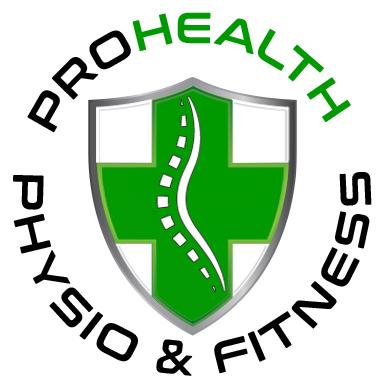Persistent pain can feel like a life sentence—but movement may be the key to unlocking relief. At PROHEALTH PHYSIO & FITNESS (EP), we believe in empowering people to move better, feel stronger, and live pain-free. This article explores how movement helps manage chronic pain and why it’s a cornerstone of our evidence-based approach to rehabilitation and wellness.
Why Movement Matters for Persistent Pain
Persistent pain—also known as chronic pain—lasts longer than three months and often continues beyond the expected healing time. It can stem from injury, illness, or even appear without a clear cause. But here’s the good news: movement is one of the most effective ways to manage it.
Here’s why:
- Reduces pain sensitivity: Regular movement helps retrain the nervous system, reducing its tendency to overreact to pain signals.
- Improves circulation: Movement boosts blood flow, delivering oxygen and nutrients to tissues and helping remove inflammatory waste products.
- Strengthens muscles and joints: Targeted exercises improve stability and reduce strain on painful areas.
- Boosts mood and resilience: Physical activity releases endorphins—your body’s natural painkillers—and helps combat anxiety and depression, which often accompany chronic pain.
Movement Doesn’t Mean Intensity—It Means Consistency
One of the biggest misconceptions is that people with persistent pain need to “push through” or “go hard” to see results. At PROHEALTH PHYSIO & FITNESS (EP), we take a graded approach—starting with gentle, low-impact movements and gradually building up based on your comfort and progress.
Examples of movement that help:
- Walking or aquatic therapy: Low-impact and joint-friendly.
- Stretching and mobility work: Improves range of motion and reduces stiffness.
- Strength training: Builds support around painful areas.
- Functional exercises: Mimic daily activities to improve confidence and independence.
Movement + Education = Empowerment
We don’t just prescribe exercises—we teach you why they work. Understanding the science behind pain and movement helps reduce fear and build trust in your body. Our team of physiotherapists and exercise physiologists at PROHEALTH PHYSIO & FITNESS (EP) are trained to guide you through this journey with compassion and expertise.
Real Results, Real People
Our clients often tell us: “I thought I had to stop moving to protect my body. Now I know movement is what heals me.” Whether you’re dealing with back pain, arthritis, fibromyalgia, or post-surgical discomfort, our tailored programs are designed to help you move with confidence.
Ready to Move Toward Relief?
If you’re living with persistent pain, don’t wait for it to go away—take control through movement. Book a consultation with PROHEALTH PHYSIO & FITNESS (EP) today and discover how our personalised programs can help you reclaim your life.
Let’s move better, together.
Sources: Movement helps persistent pain – PROHEALTH Physio
Title: Role of Active Versus Passive Complementary and Integrative Health Approaches in Pain Management
Read time: 10 mins

